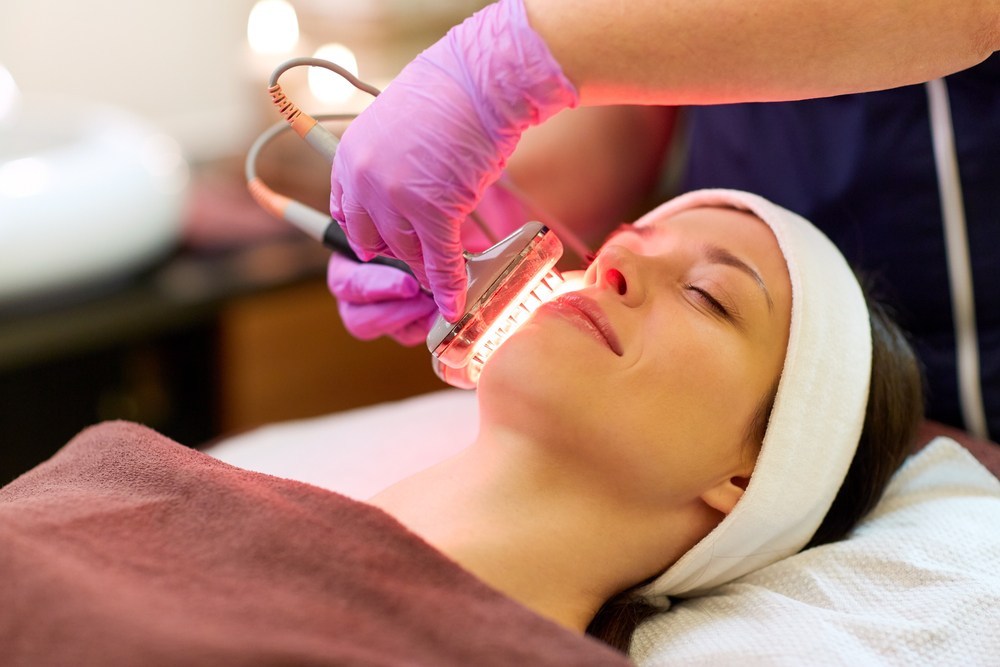
Photofacial Treatment in Bangalore
What is photofacial?
A photofacial is a term for skin treatment that utilizes some kind of light based technology. The two types of photofacials rely on LEDs and IPL to take care of skin woes. In general, when folks refer to photofacials, they are speaking about IPL photofacials, that can also be known as Intense pulsed light treatment, photo rejuvenation, BBL treatment, or broadband light therapy.
What’s an IPL photofacial?
An IPL photofacial is a non-invasive, nonablative treatment which uses high intensity pulses of visible light to improve such skin conditions as age spots and wrinkles, freckles, fine lines, rosacea, port wine stains, and veins.
It could also helps treat mild to moderate acne and stretch marks, and it spurs collagen production.
What’s the process of the treatment?
The practitioner applies the gel into the treatment area and selects a setting on the apparatus based on the client’s skin type and colour. The practitioner then places the treatment head on the skin and provides precise stimulation of light on the skin. The treatment lasts about 20 minutes. Although the light is secure, it’s advisable that customers and practitioners wear glasses or some kind of eye protection throughout the procedure.
What happens throughout the treatment?
IPL systems target cells with colour in the skin, providing energy which converts to heat energy. As an example, the device can target the melanin in the skin’s surface to remove the discoloration which causes age stains. Most systems use filters to refine the light energy output for specific areas. The treatment targets the lower levels of skin without affecting the upper layers. Is there any downtime? . There’s downtime. Clients may have the procedure done on their lunch break and return to work then. Some might experience redness for a few hours. IPL photofacial adverse effects may include peeling, redness, swelling, blisters, scars and skin discolorations.
How many sessions is required to see results?
Clients should see an improvement after one treatment, but four to six sessions could be required